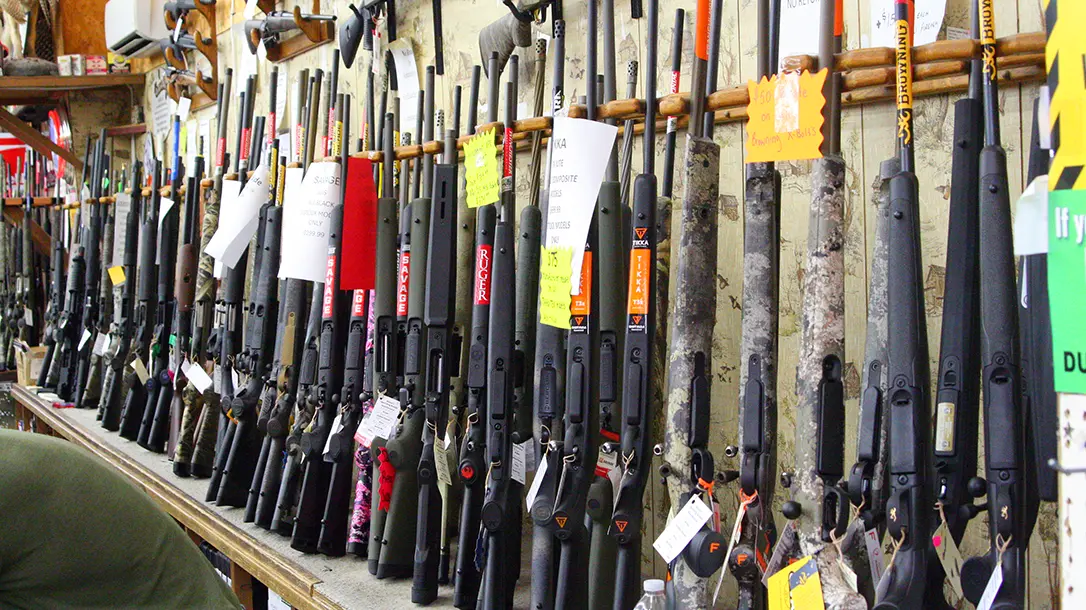On a recent trip to my local gun store, I took notice of the wood stocked guns on the rack, or should I say the lack thereof. What a contrast to my own store I ran more than 25 years ago, the majority of the firearms sold then were wood stocked and only a couple synthetic stocked guns ever left my shop.
Nathan Dunn, who operates Dunns Sporting goods in Pevely, Missouri, summed it up when I questioned him about wood stocked guns. “We don’t sell any wood stocked guns anymore. My generation, they just want something to use.” Most manufacturers do offer wood stocks on their firearms, but the selection is limited and many are stocked with cheaper grades and species of wood to keep prices lower.
The Shift From Synthetic to Wood Stocks & Furniture
Roger Vardy, who owns Roger Vardy Stockwood & Rifles in Victoria, Australia, has been cutting walnut for gunstocks since 1966. He imports stocks to the U.S., Europe, Africa and Canada. Vardy states, “I loathe them (synthetic stocks). It is quite noticeable that composite stocks are increasing in the firearms trade; this is due to cheaper manufacturing costs, especially the cheaper plastic type. The trend appears to be worldwide but more so in the U.S. People buy guns for different reasons; from a tool to pride of owning and using a fine firearm.”
Advertisement — Continue Reading Below
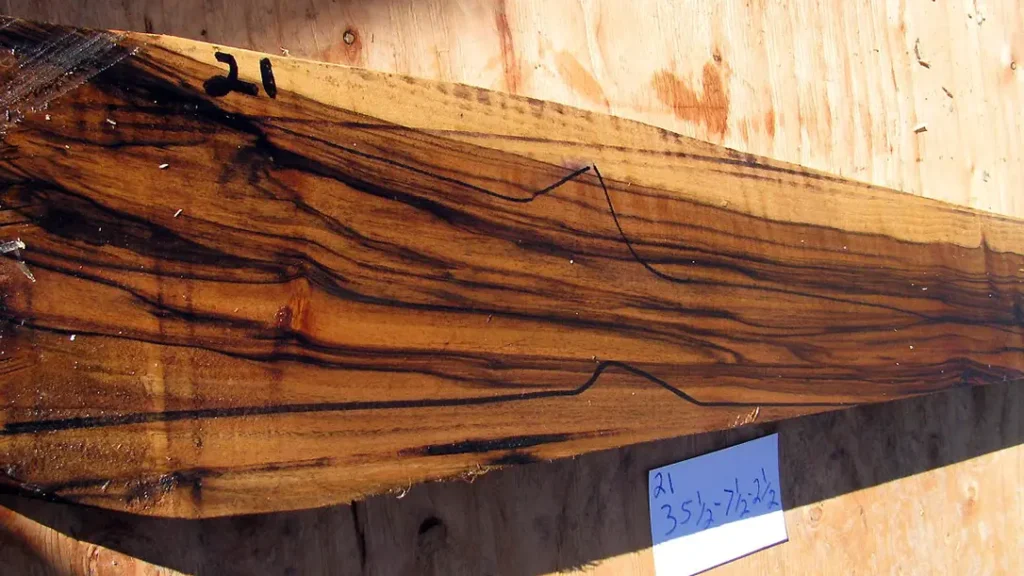
Sharon Dressel, another purveyor of fine walnut stocks and American Custom Gunmakers Guild member in Yakima, Washington, agrees with Vardy. “I think these synthetic stocks have hurt the wood business some.”
To be fair, both Vardy and Dressel sell high-quality English walnut blanks, not the Black walnut utility-grade stocks that were installed on the guns of years past.
Advertisement — Continue Reading Below
The Real Reason
If you look at how a wood stock is made versus a synthetic, the price is self-evident. The wood first must be cut then dried. This process can take months or even years depending on the moisture in the blank, the species of wood and the method being used, kiln versus air dried. The stock is then shipped to the manufacturer, who then shapes the blank into a stock, sanded and finished. A synthetic stock like those found on many modern firearms is injected-molded polymer, and once the stock comes out of the mold, a small amount of clean up may have to be completed, but it is ready to be installed on the firearm.
I see the difference in my line of work as a gunsmith. I install 10 synthetic stocks to each wood stock on the guns that come across my bench.
A quick browse through a major firearm manufacturer lists wood stocks as 57% more expensive than synthetic stocks. Many of these stocks are camo dipped, which increases the price slightly.
Advertisement — Continue Reading Below
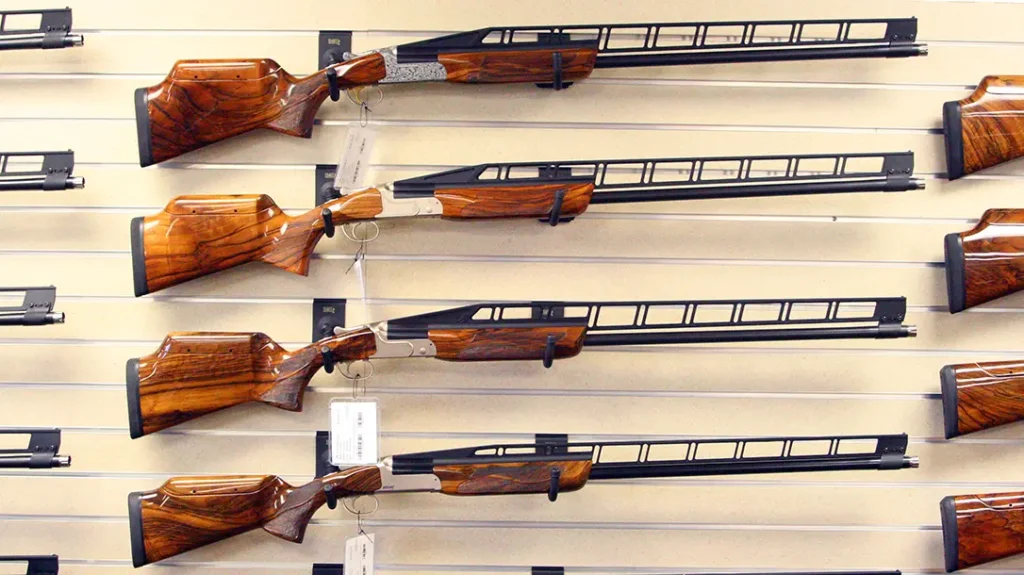
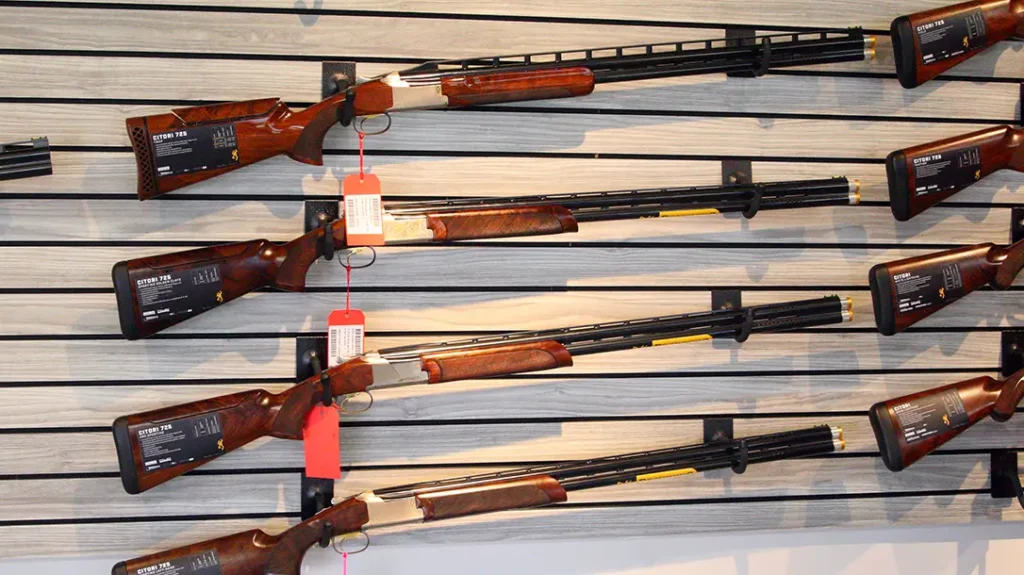
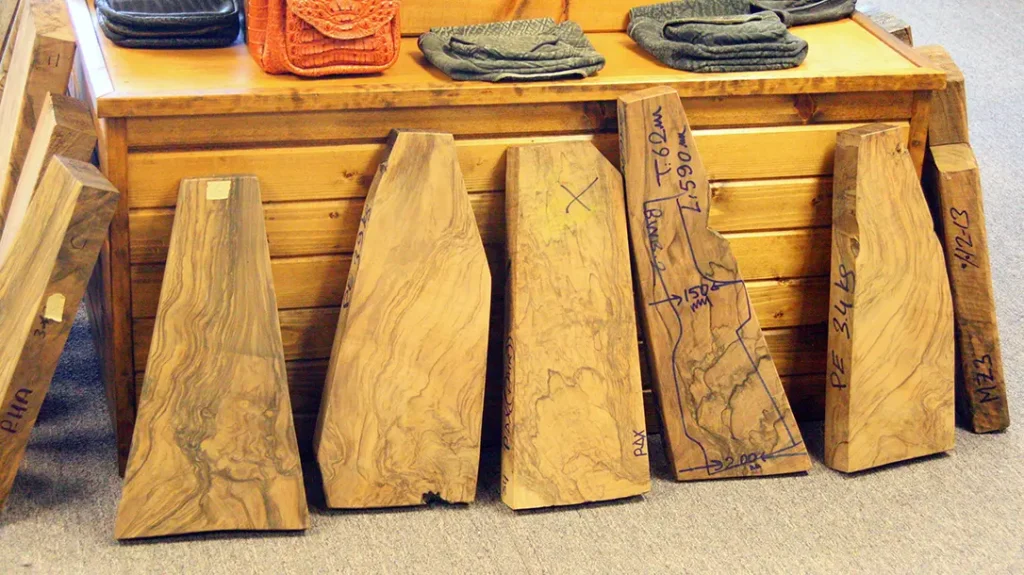
Advertisement — Continue Reading Below
Will Wood Furniture Ever Return?
“I have my doubts that wood stocks will come back with the younger generation being influenced by TV and films with these military-style firearms,” Vardy said. “However, walnut stocks will always have a select market.”
Dressel echoes Vardy: “The buyer today wants exquisite wood, and there’s just not any big orchards of English walnut left.
A Bright Spot for Wood Stocked Firearm Lovers
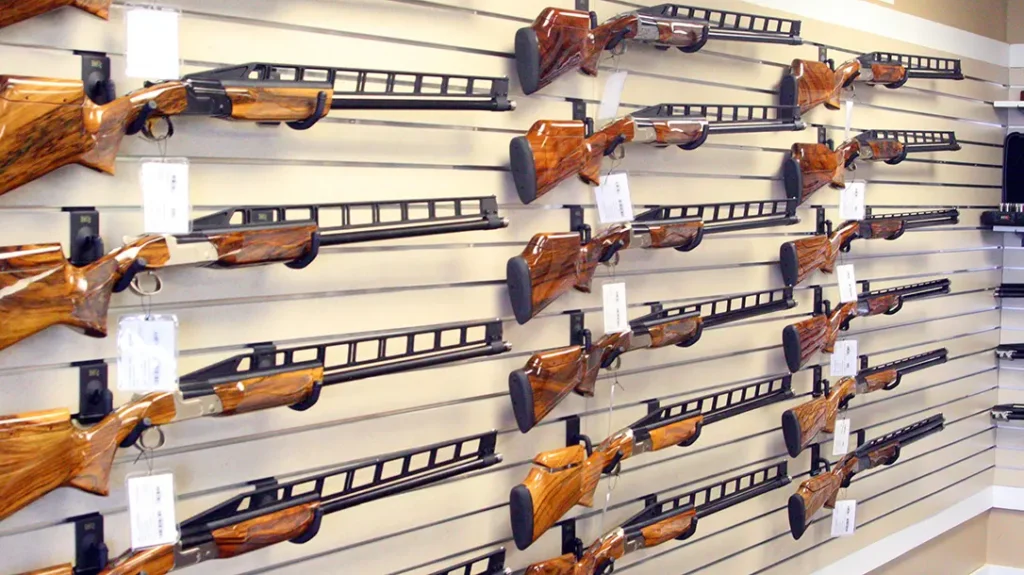
Advertisement — Continue Reading Below
A recent trip to the Grand American Trap Shoot in Sparta, Illinois proved that not all is lost when it comes to wood stocked guns.
Most trap and target guns used in the clay target games are wood stocked. Wenig Custom Gunstocks, of Lincoln, Missouri, sets up a temporary shop each August at the Grand American and was busy with customers interested in their selection of wood stocks for their prized shotguns. These prizes come at a handsome price, but many find it worth the cost. One source from Wenig commentated “Business is good.”
Wood Stocks for Sale
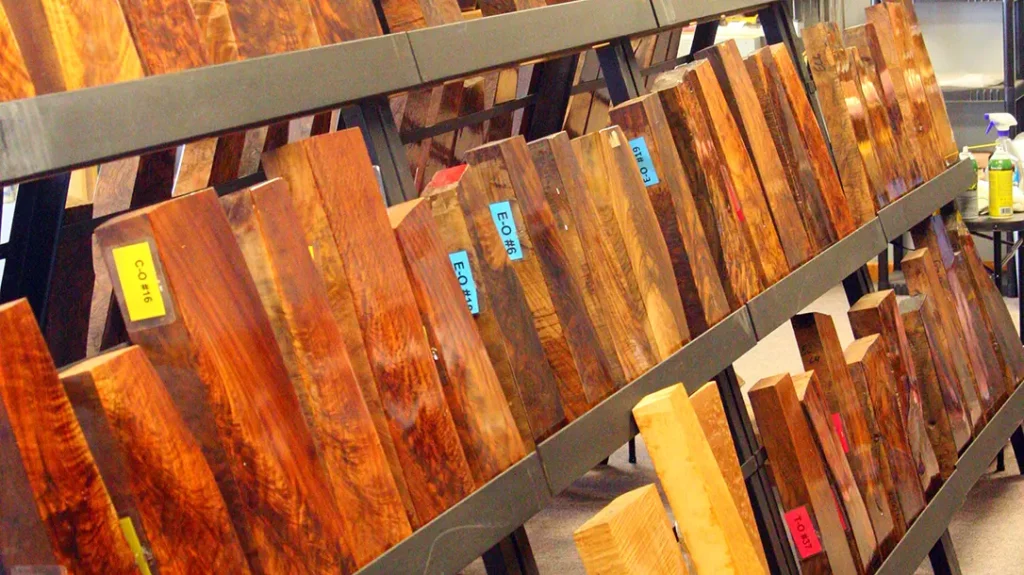
Advertisement — Continue Reading Below
Several firms specialize in wood stocks. They offer a variety of choices in wood, including walnut, maple and even laminated wood. One firm I have used with much success is Boyd’s Hardwood Gunstocks in Mitchell, South Dakota. They offer wood stocks in many styles from thumbhole stocks to classic styling for most modern and older firearms.
For more info, visit Boyds Hardwood Gunstocks or Wenig Custom Gunstocks.
